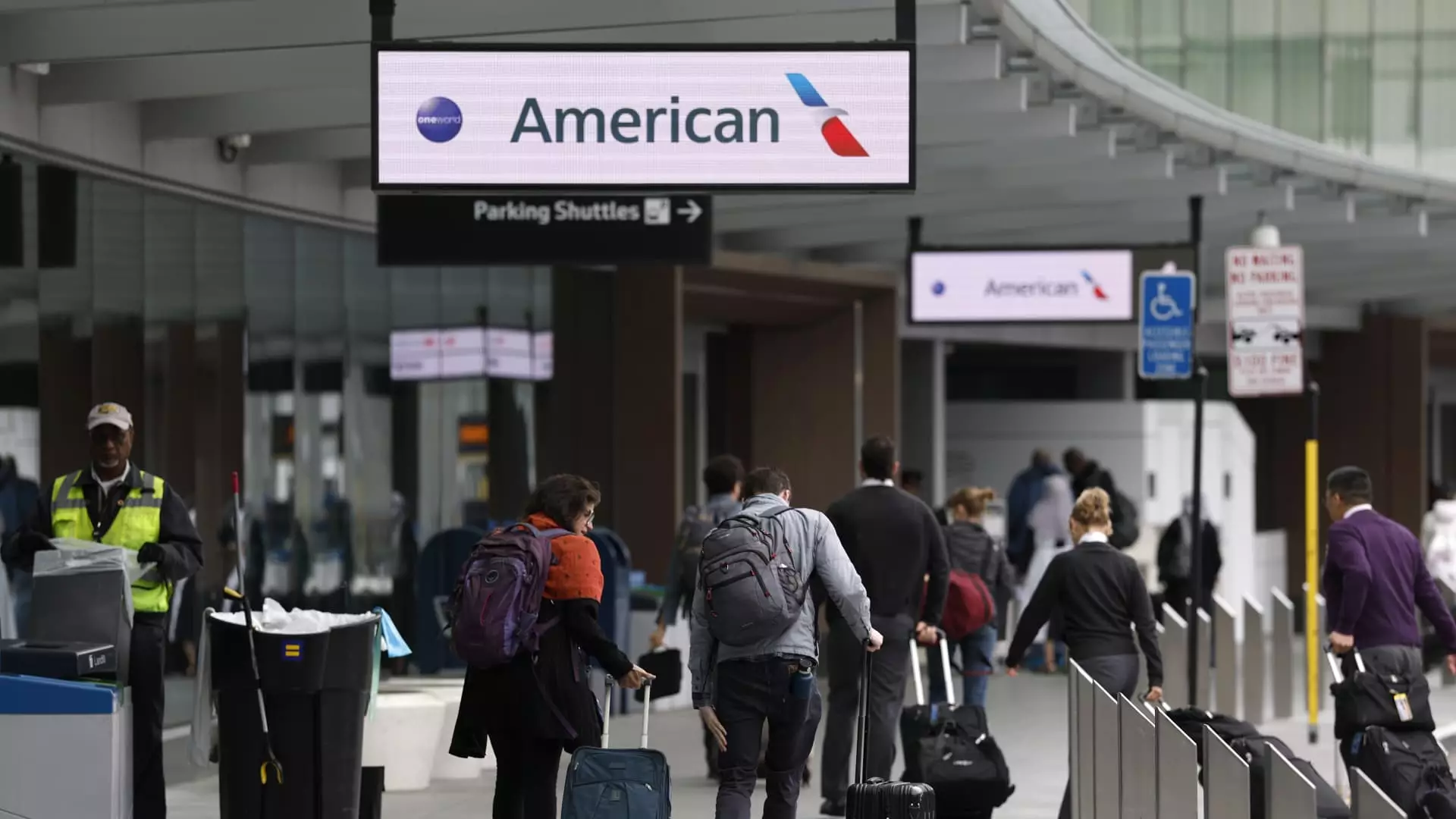The air travel industry, once basking in a post-pandemic boom, now finds itself grappling with ominous signs of recession. Alarm bells are ringing as airline executives communicate a stark message: the enthusiasm for domestic travel has dwindled unexpectedly. The year 2025 started with sky-high optimisms but as the calendar now flips, it becomes clear that hope may not translate into travel patterns. American Airlines CEO Robert Isom articulated the sentiment during a recent earnings call, suggesting that consumers are understandably cautious about spending their hard-earned money amid an uncertain economic landscape. This uncertainty, largely a byproduct of erratic tariff policies and shifting markets, has put a damper on what many in the industry hoped would be a robust travel season.
The airlines are adjusting their sails and recalibrating expectations. Carriers like Delta, Southwest, and United have thrown in the towel on ambitious growth projections for future capacity. The reality that they have more seats than passengers is forcing them into a price-cutting frenzy. This situation brings to mind a key question: how did we get here, and more critically, where are we headed?
The Impact of Economic Factors
Economic indicators are notoriously fickle, and in the case of air travel, they are revealing troubling trends. The Bureau of Labor Statistics recently reported airfare dropping 5.3% from the previous year, a clear signal that demand is not as robust as it once seemed. Factors such as decreased corporate travel—a linchpin of profitability for major airlines—have exacerbated the issue. Analyst Conor Cunningham notes that corporate travel is often the first casualty in times of uncertainty, which seems to be exactly what we’re witnessing now.
Despite Delta’s initial optimism about a year-on-year corporate travel increase, that growth has stagnated. This stagnation impacts not just seat occupancy but also the fare structures that airlines depend on for healthy profits. Business travelers, who are typically less price-sensitive and more likely to book last-minute, are staying grounded, complicating the industry’s recovery.
Consumer Sentiment: Fear Hampering Spending
The psychological aspect of travel can’t be ignored. Consumers are in a precarious position, weighing their desires to travel against the backdrop of economic anxiety. While there is still considerable appetite for international travel—U.S.-based customers continue to vacation abroad in substantial numbers—the domestic market tells a different story.
The hesitancy to spend on leisure travel reflects broader economic realities felt by households across the nation. When uncertainty looms, people become risk-averse, reshaping their budget priorities. In this case, vacations may slip lower on the list of essentials. Fear of recession not only constrains individual planning but also limits potential revenue streams for airlines. After experiencing such a vibrant recovery phase, the feedback loop of reduced ticket sales could lead to further downward pressure on pricing and services.
The Need for Certainty
With uncertainty casting a long shadow, airline executives strive to drill down on what can restore equilibrium to the market. Isom believes that stability will ultimately rejuvenate both the economy and the airline industry. However, the question arises: what form should this certainty take? Are these airlines prepared to make long-term adjustments, or are they hoping for a quick return to pre-recession norms? The struggle reveals a bigger dilemma for the corporate sector—balancing immediate financial health with future sustainability during turbulent times.
In the end, the airlines operate in a complex web of variables influenced by consumer behavior, government policies, and global economic conditions. Only time will reveal if a strategic re-evaluation can yield the results necessary to weather this storm. Yet, with every price drop and seating adjustment, it becomes abundantly clear that these giants of the sky are facing significant headwinds.


Leave a Reply